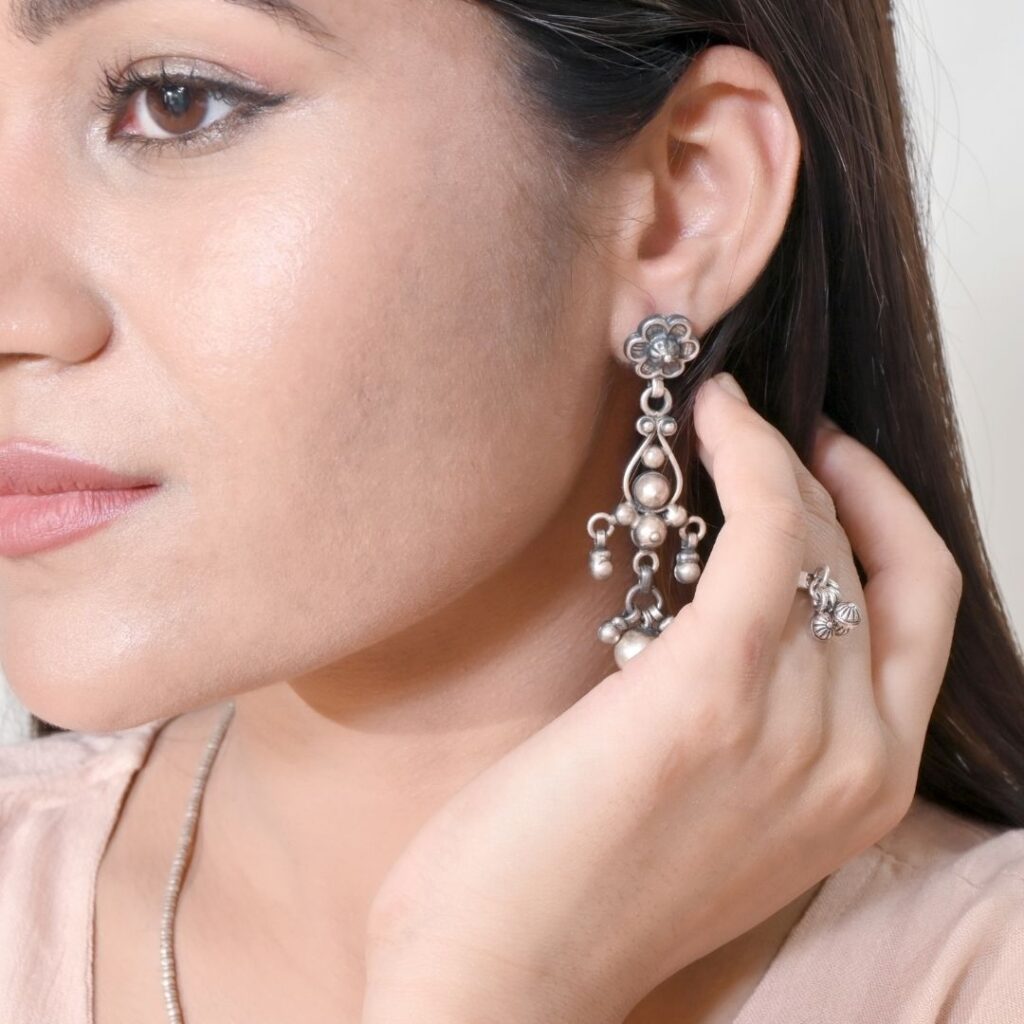Rajasthan is known for its royal heritage, vibrant culture, and exquisite jewellery craftsmanship. Traditional Rajasthani Jewellery is a reflection of the state’s rich history and artistry, adorned by generations of queens, brides, and jewellery enthusiasts. Whether you are a photographer, a brand owner, or simply someone fascinated by ethnic jewellery, knowing how to style and photograph these timeless pieces is essential for capturing their true grandeur.
This comprehensive guide will walk you through everything you need to know—from selecting the right styling elements to mastering professional photography techniques.
1. The Heritage and Uniqueness of Traditional Rajasthani Jewellery
Before diving into styling and photography, it’s important to understand the historical and cultural significance of these jewellery pieces. Rajasthani jewellery carries a legacy that dates back to the royal Rajput and Mughal eras, characterized by intricate designs, skilled craftsmanship, and the use of precious gemstones.
1.1 Signature Styles of Rajasthani Jewellery
- Kundan Jewellery – Crafted using gold foiling techniques, featuring uncut diamonds and colorful gemstones.
- Meenakari Jewellery – Known for its vibrant enamel work, often seen in necklaces, earrings, and bangles.
- Thewa Jewellery – Features elaborate gold carvings fused onto a glass base, creating a unique aesthetic.
- Polki Jewellery – Uses uncut diamonds for a raw, yet opulent, appearance.
- Lac Bangles – Traditional handcrafted bangles with bright hues and gold embellishments.
- Jadau Jewellery – A highly detailed form of jewellery embedded with pearls, rubies, and emeralds.
Each type of jewellery tells a story of Rajasthan’s artistic legacy and craftsmanship, making it essential to style and photograph them in a way that highlights their beauty.
2. Expert Styling Techniques for Traditional Rajasthani Jewellery
Styling plays a crucial role in enhancing the charm of Rajasthani jewellery. Whether for a bridal shoot, editorial spread, or product photography, thoughtful styling elevates the appeal of these ornate pieces.
2.1 Outfit Pairing for Different Jewellery Types
- Kundan & Polki Jewellery – Best suited for lehengas, sarees, and embroidered anarkalis.
- Meenakari Jewellery – Complements both traditional and fusion outfits like Indo-western gowns.
- Thewa Jewellery – Works beautifully with deep-colored ensembles such as royal blue, emerald green, and maroon.
- Lac Bangles & Jadau Jewellery – Pairs well with festive, bohemian, and bridal attire.
2.2 Complementary Hairstyles for a Regal Look
- Chokers & Rani Haar – Go well with elegant buns or voluminous waves.
- Jhumkas & Chandbalis – Look best with side-swept braids or open curls.
- Maang Tikka & Matha Patti – Enhance the beauty of slicked-back hairstyles and traditional braids.
2.3 Makeup Tips to Enhance Jewellery Aesthetics
- Use matte foundation to prevent excessive shine that may clash with reflective jewellery.
- Opt for bold lip colors like deep reds or maroons to balance the heavy gold tones.
- Apply highlighter strategically to enhance cheekbones without overpowering the jewellery.
3. Photography Gear Essentials for Jewellery Shoots
Capturing Rajasthani jewellery requires precision, clarity, and the right photography equipment.
3.1 Camera and Lens Selection
- Mirrorless/DSLR Camera – Sony A7R IV, Nikon Z7, or Canon EOS R5 for high-resolution images.
- Macro Lens – Essential for detailed close-ups that showcase craftsmanship.
- Prime Lens (50mm/85mm) – Ideal for editorial-style portraits with a sharp depth of field.
3.2 Lighting Equipment for Jewellery Photography
- Softbox Lighting – Provides soft, even lighting that reduces harsh shadows.
- Ring Light – Helps accentuate gemstone reflections and intricate designs.
- Reflectors & Diffusers – Used to balance lighting and minimize unwanted glare.
3.3 Additional Accessories for a Flawless Shoot
- Tripod – Ensures stability and precision for long-exposure shots.
- Light Tent – Perfect for product photography with minimal distractions.
- Cleaning Kit – Essential for removing dust and smudges before shooting.
4. Pro Tips for Photographing Traditional Rajasthani Jewellery
4.1 Mastering Lighting Techniques
- Use three-point lighting to highlight depth and dimension.
- Opt for natural light for an organic glow that enhances gold tones.
- Adjust light angles to capture intricate gemstone details.
4.2 Composing Stunning Jewellery Shots
- Follow the rule of thirds for balanced framing.
- Capture close-up details that emphasize craftsmanship.
- Experiment with layered shots to showcase multiple pieces in one frame.
4.3 Choosing the Right Backgrounds
- Velvet Backdrops – Adds a royal aesthetic.
- Minimalist White Backgrounds – Keeps the focus on jewellery details.
- Wood & Marble Surfaces – Creates a warm, natural contrast with gold pieces.
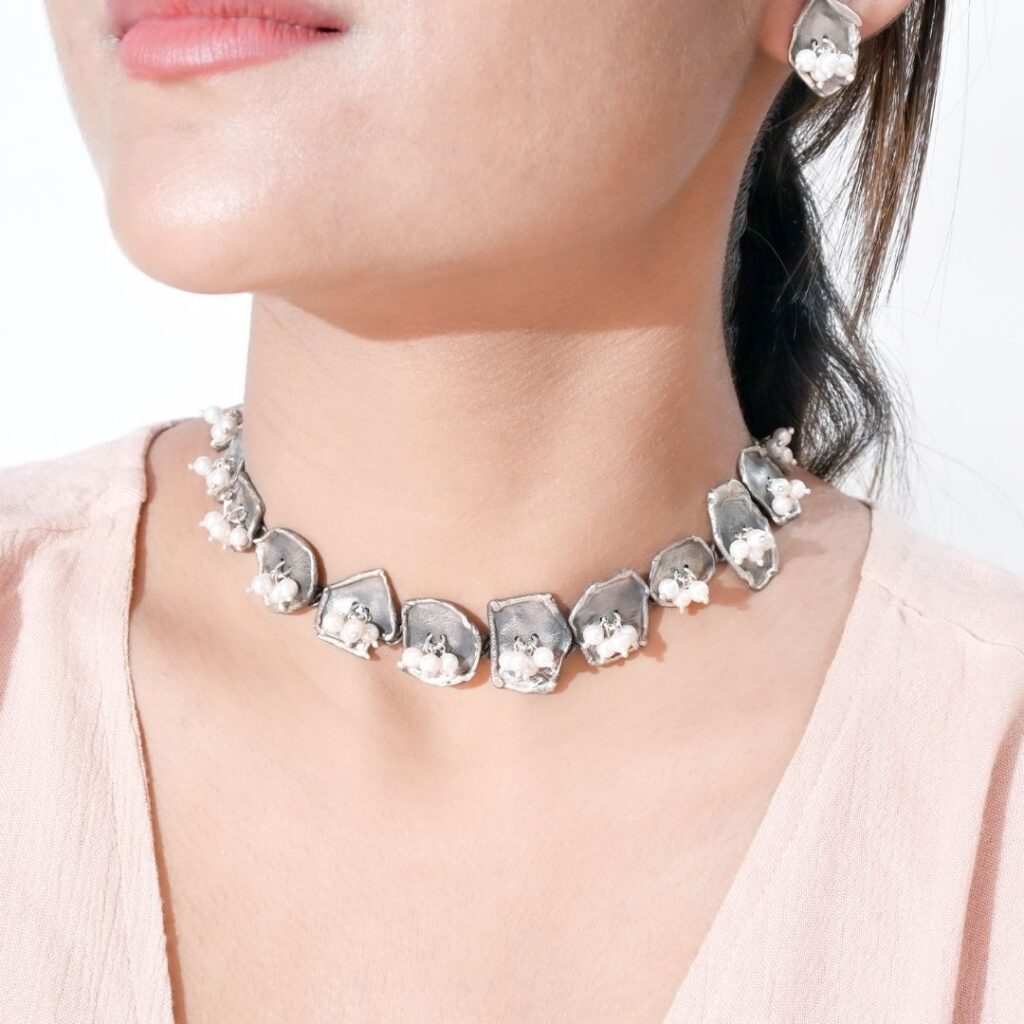
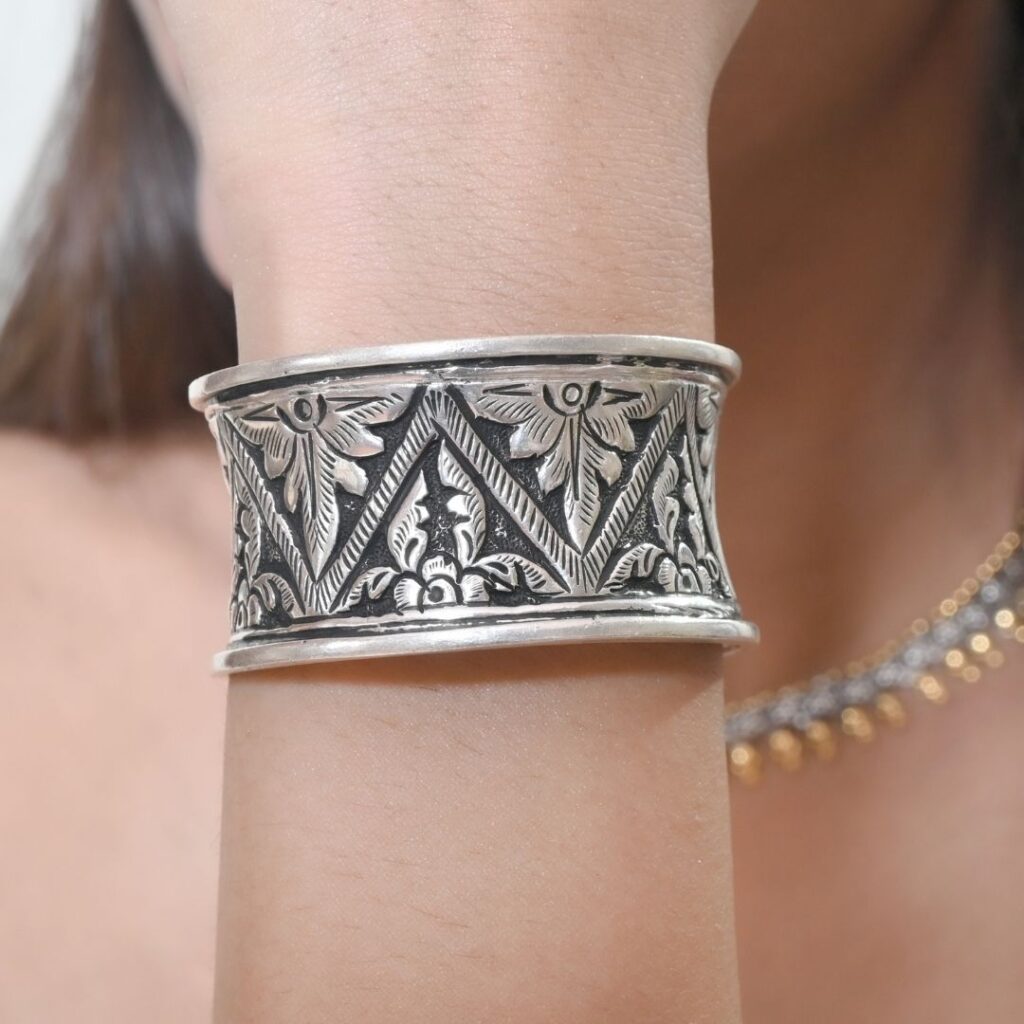
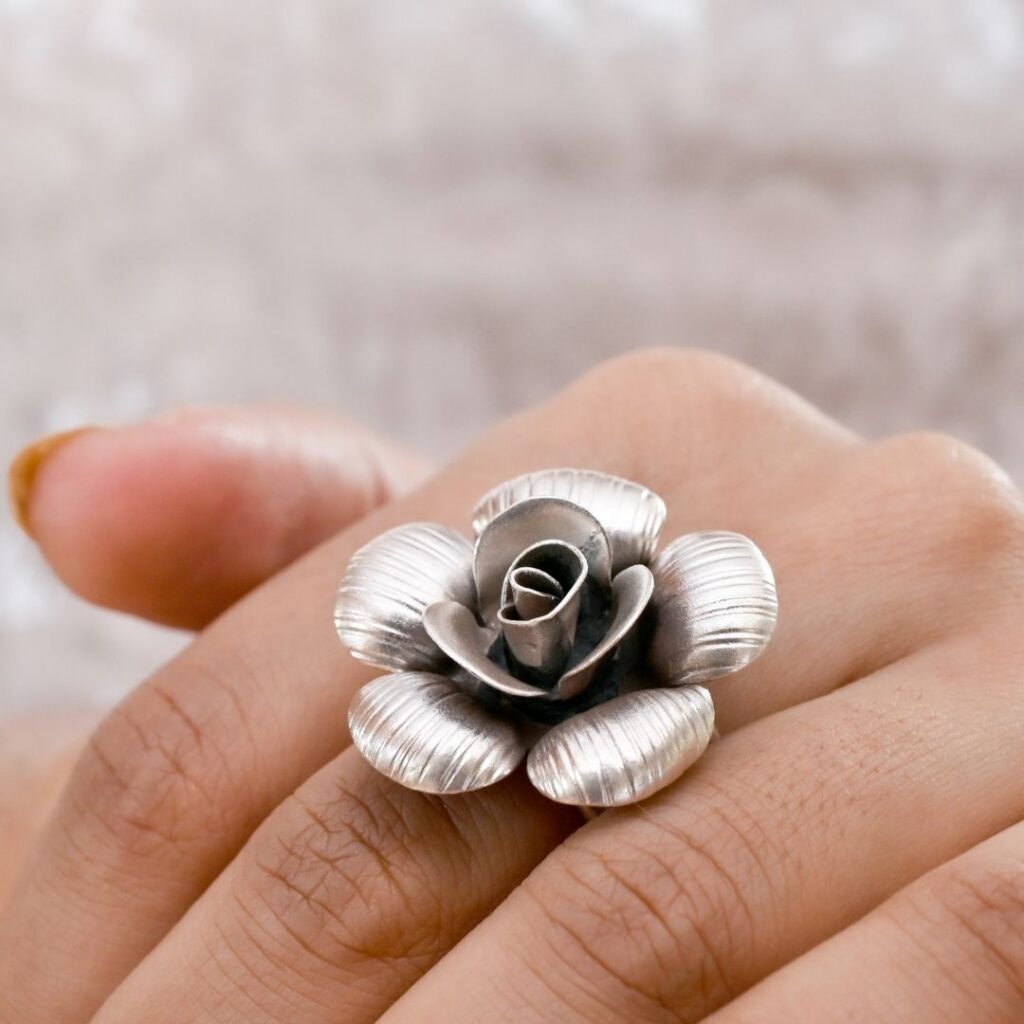
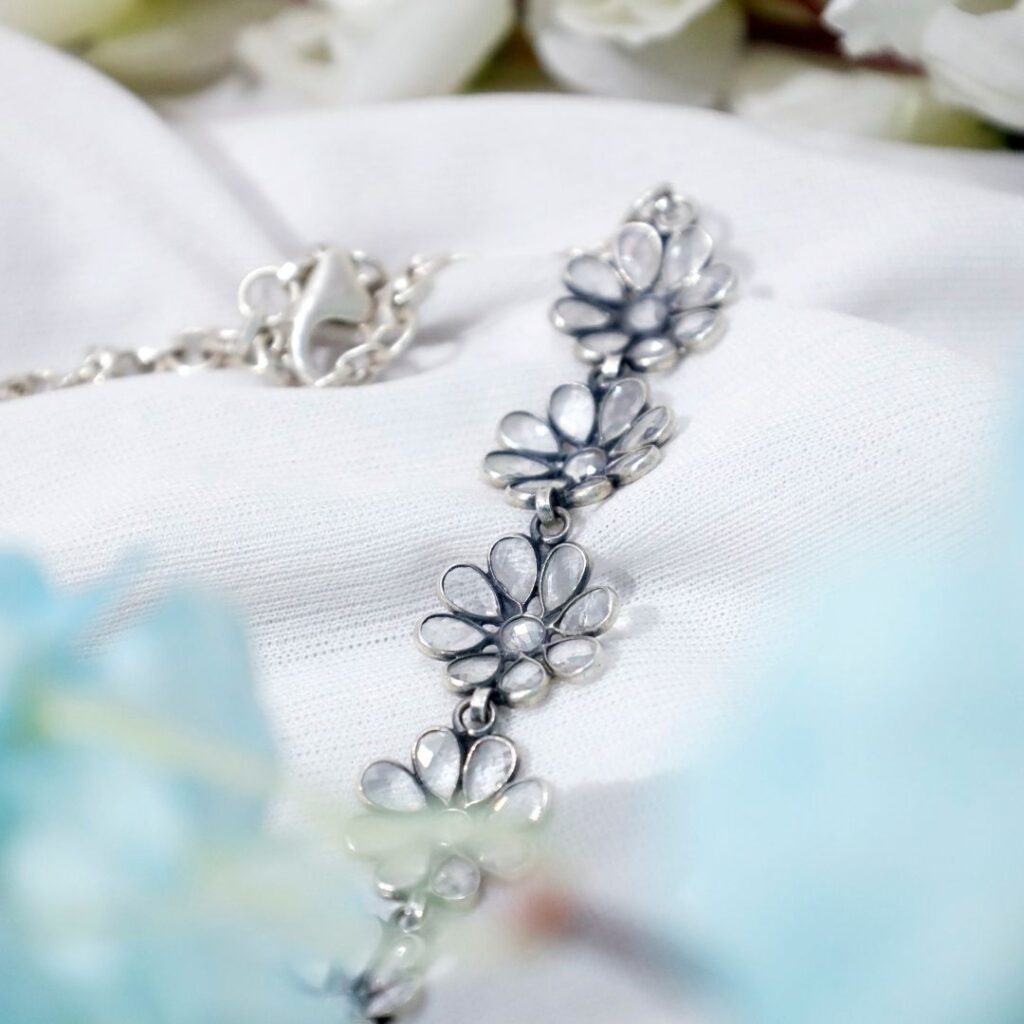
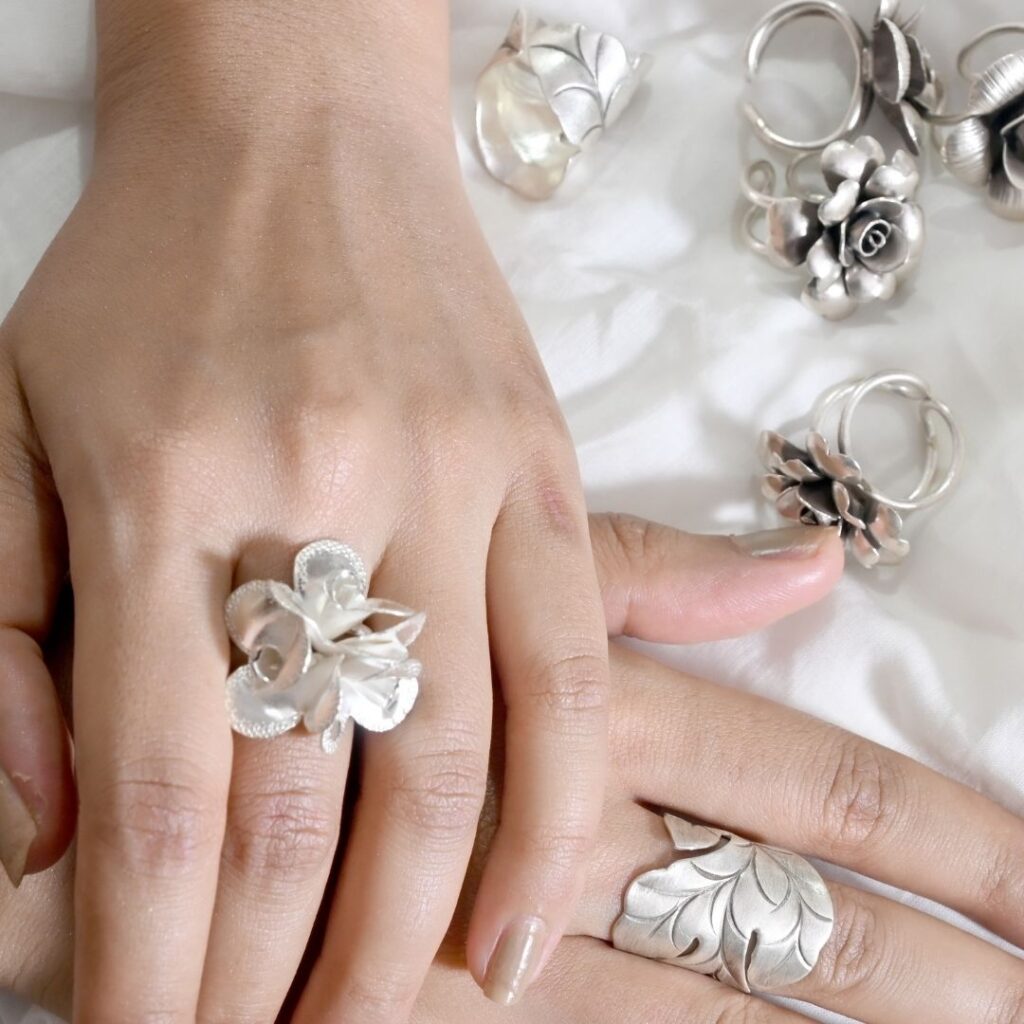
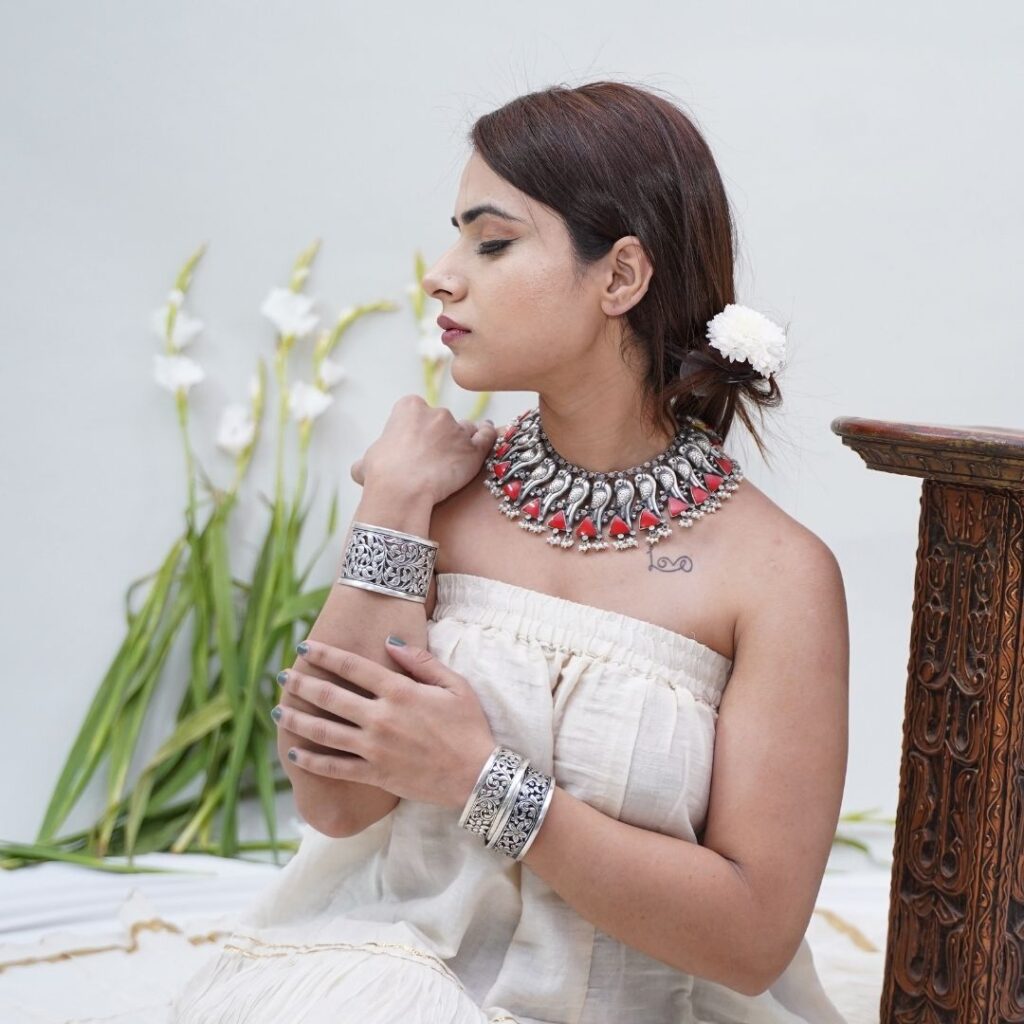
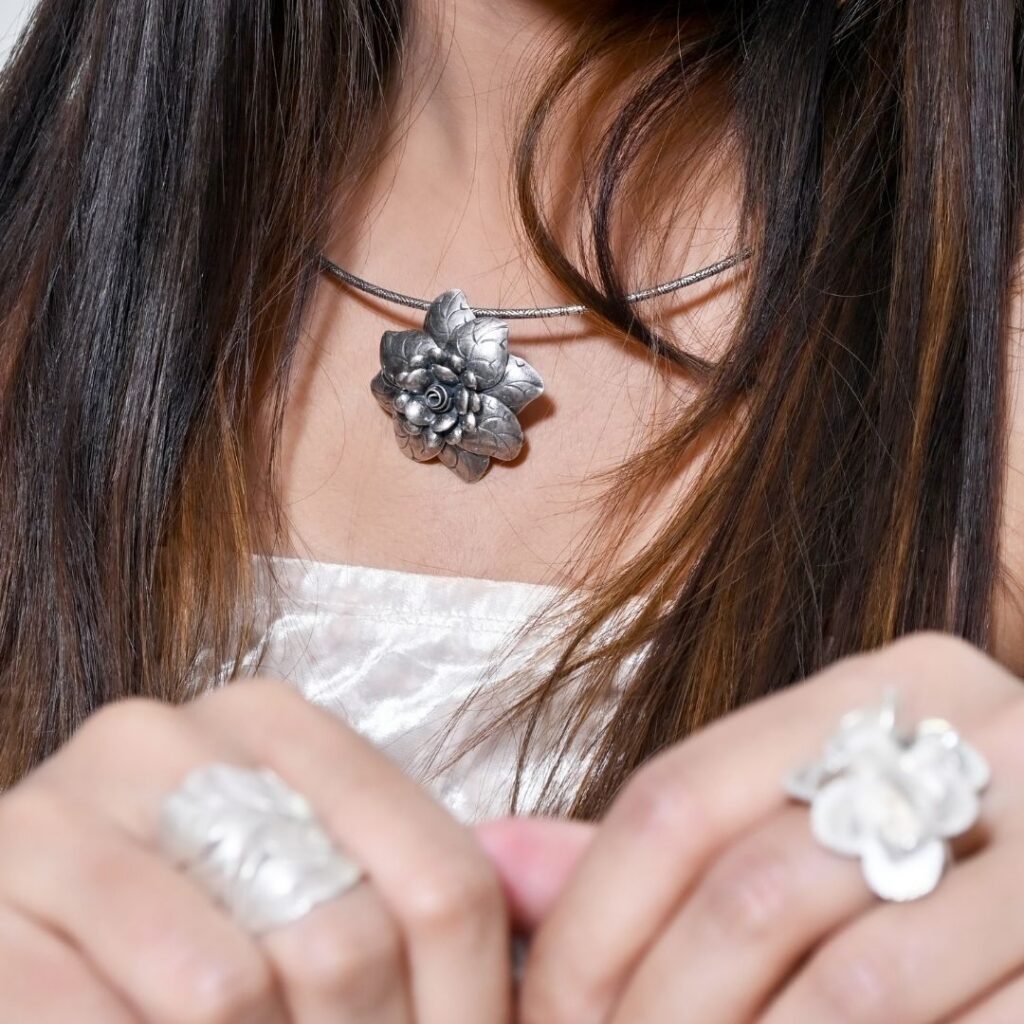
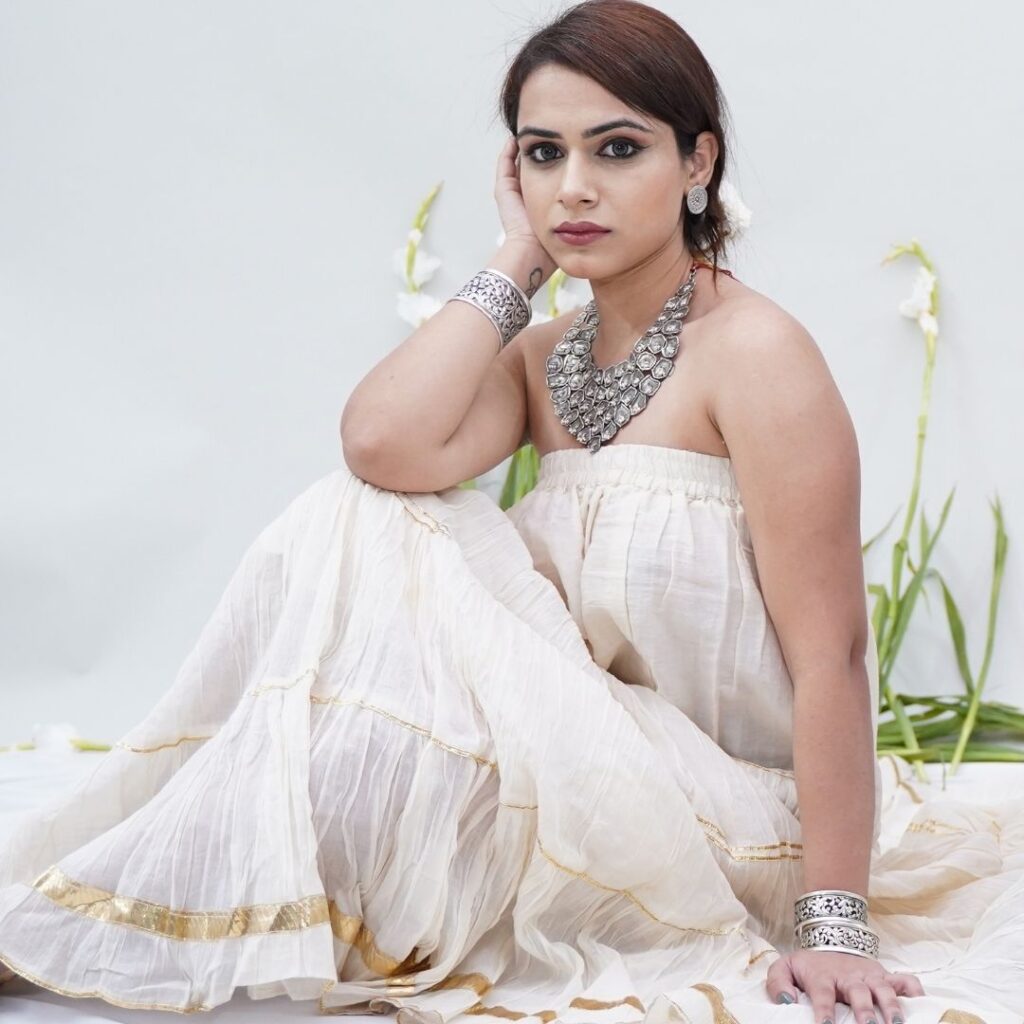
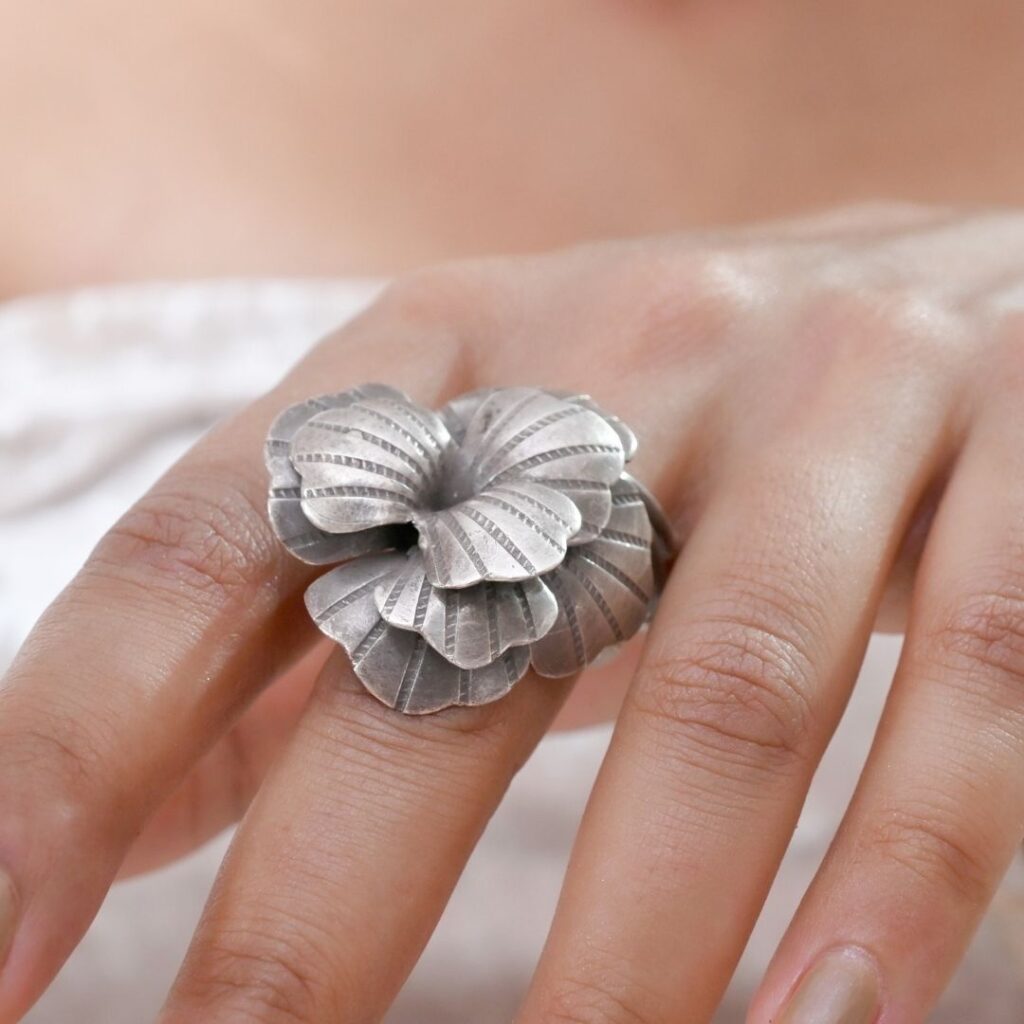
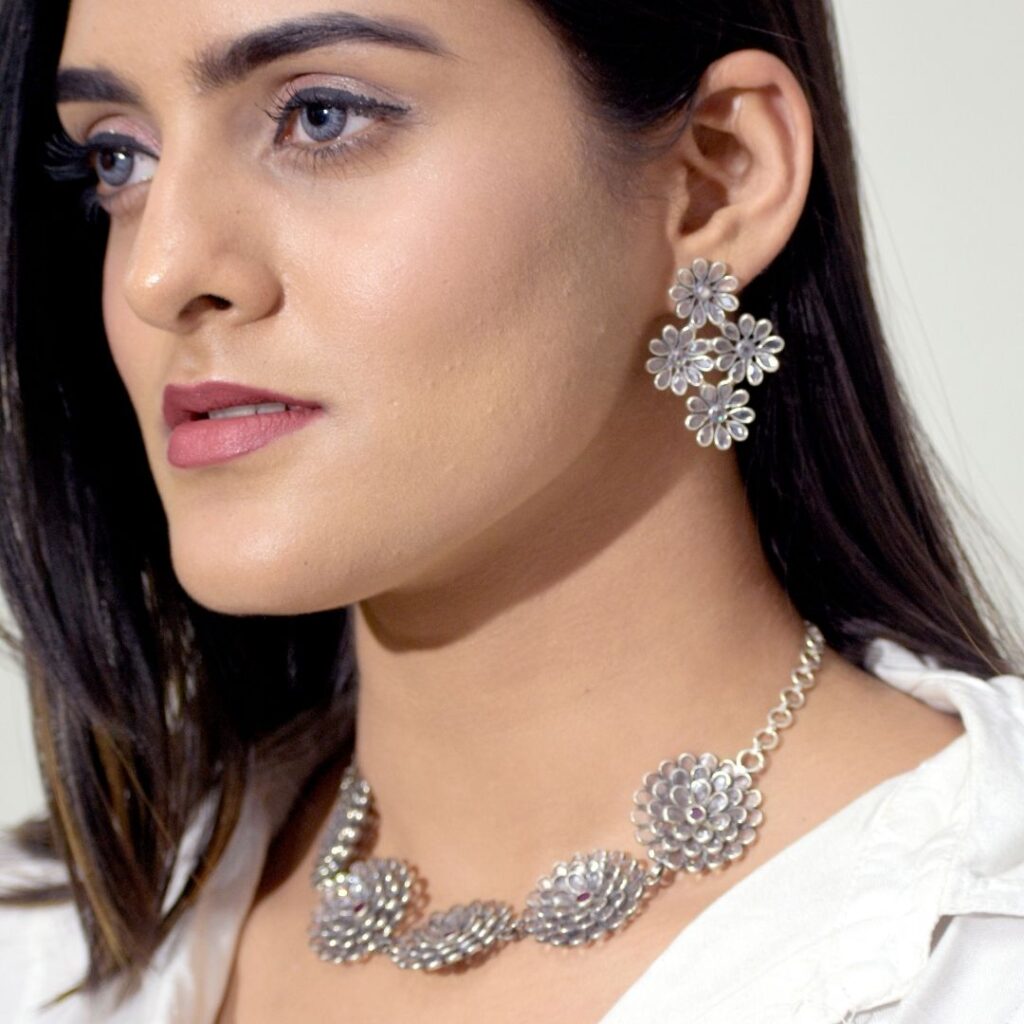
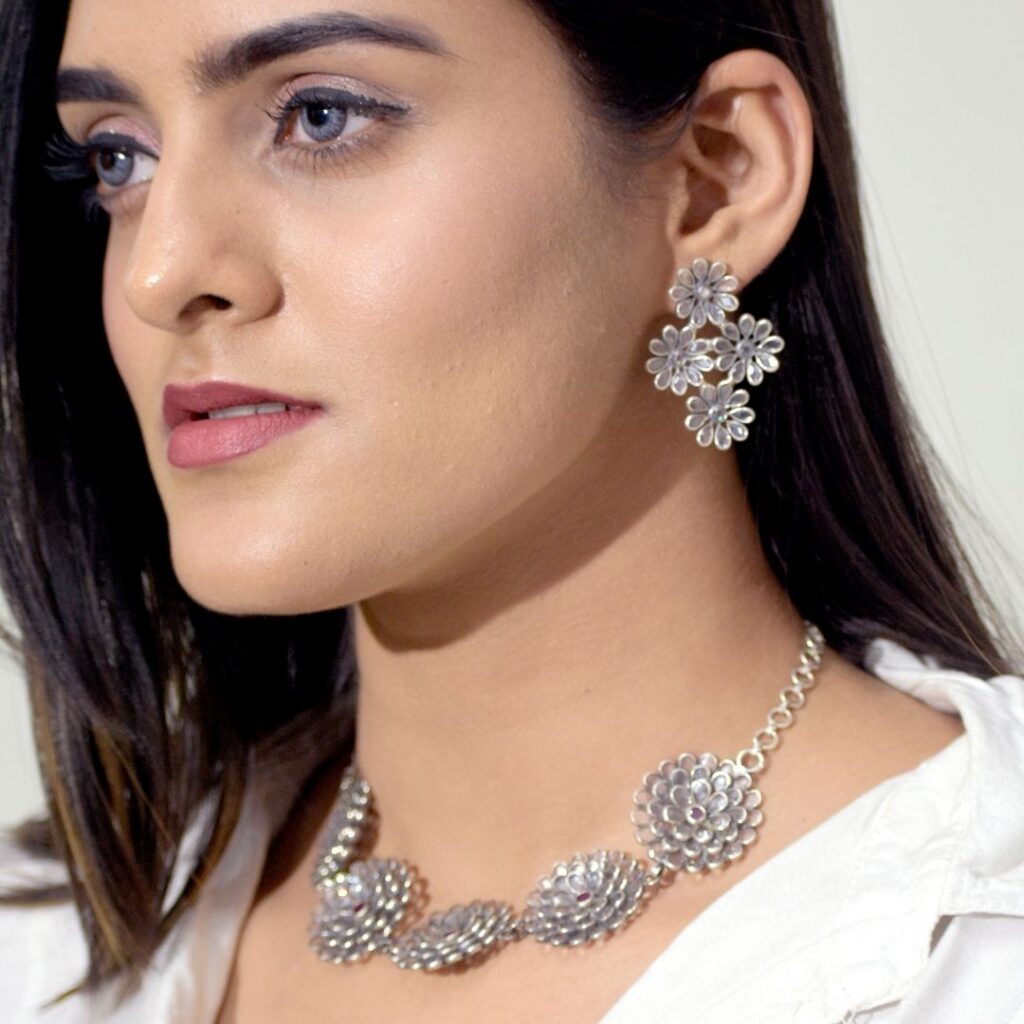
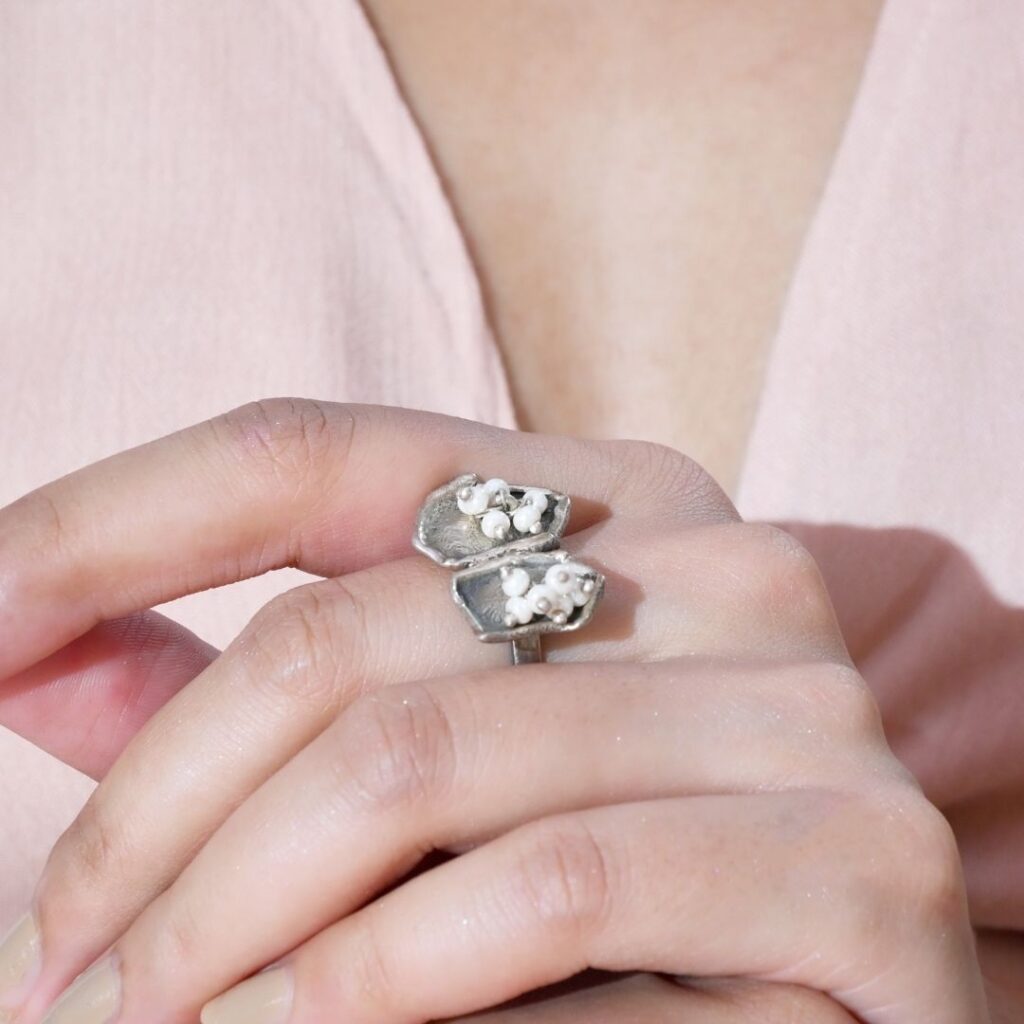
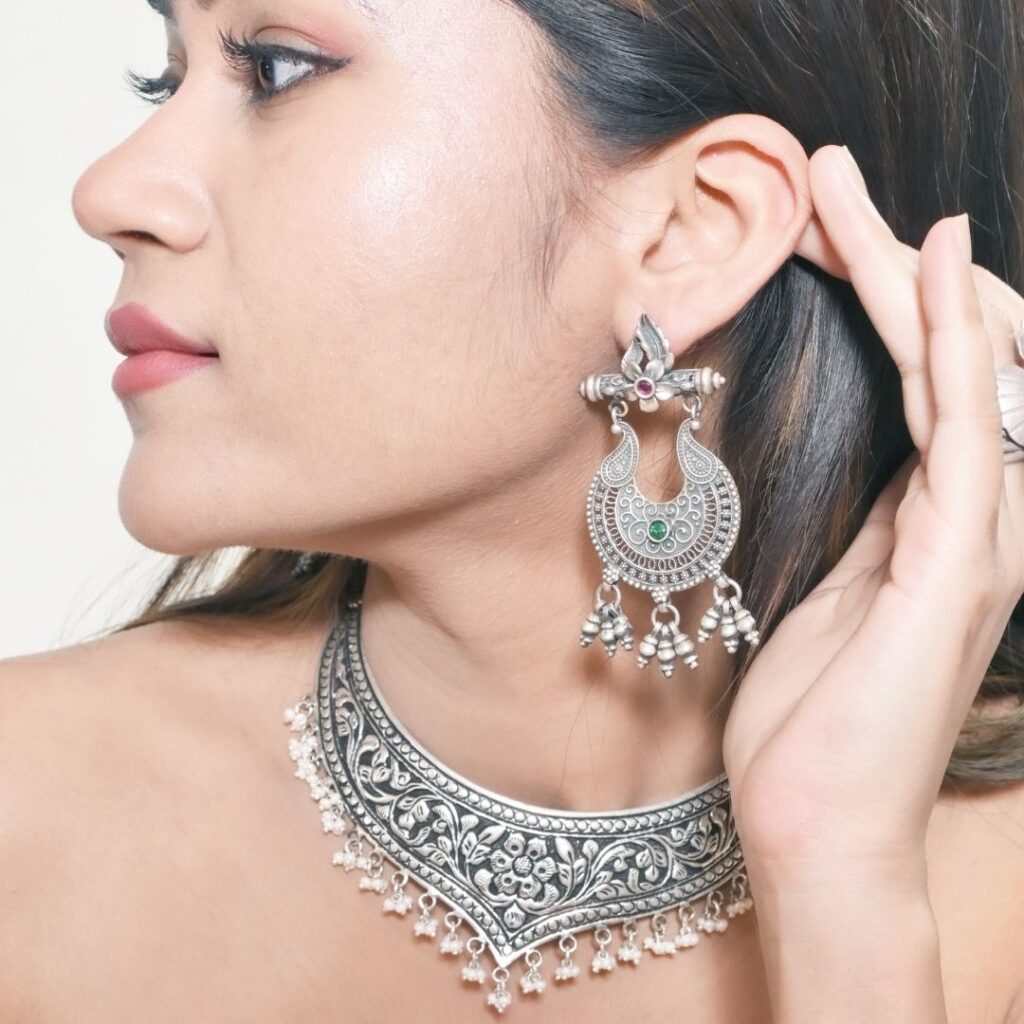
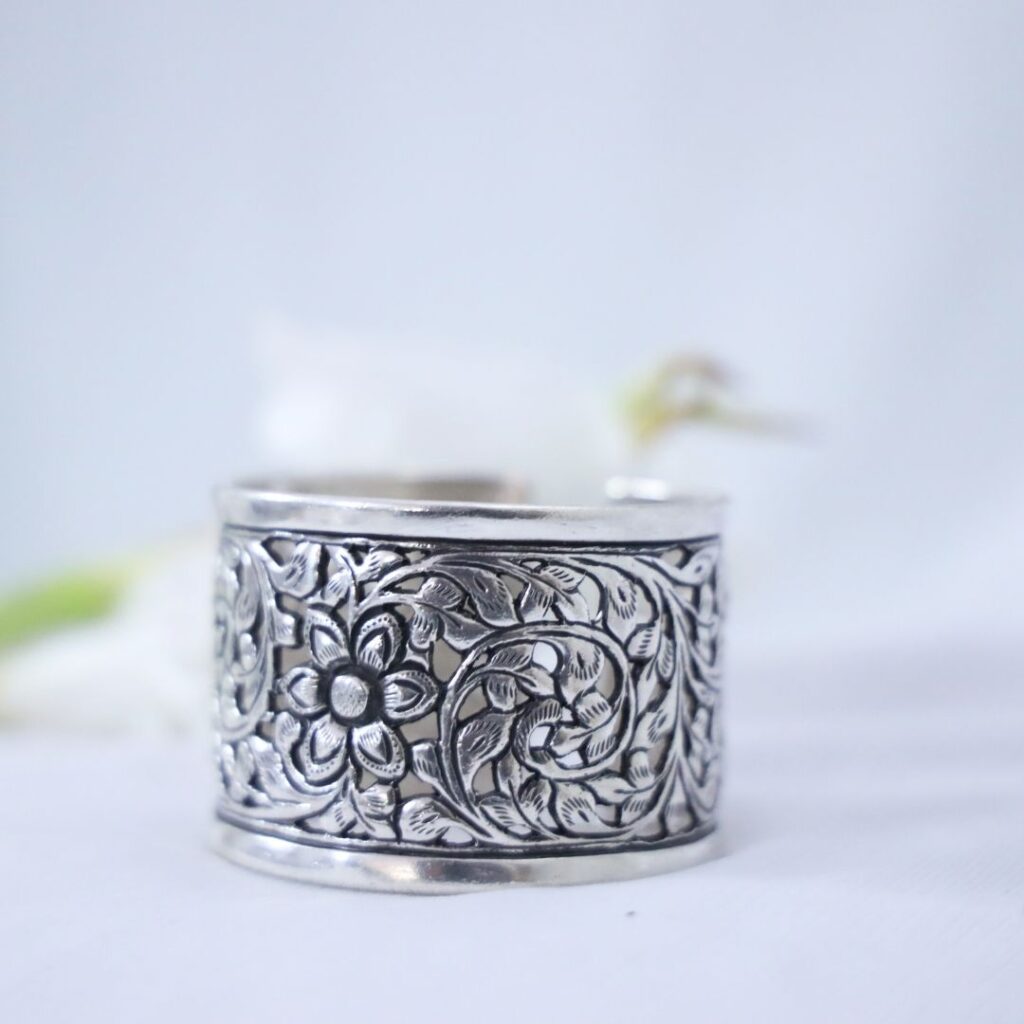
5. Post-Processing Techniques for Jewellery Photography
5.1 Enhancing Color & Brightness
- Adjust white balance to maintain gemstone accuracy.
- Use curves and contrast to enhance shine and depth.
5.2 Retouching for a Polished Look
- Remove dust and imperfections with Photoshop’s spot healing tool.
- Enhance gemstone brilliance using light adjustments and sharpness filters.
5.3 Exporting for Different Platforms
- Save in TIFF or PNG for high-resolution prints.
- Optimize for social media and e-commerce without losing detail.
6. Conclusion
Mastering the art of styling and photographing Traditional Rajasthani Jewellery involves a deep understanding of its heritage, aesthetic choices, and professional photography techniques. By carefully selecting outfits, using the right lighting setups, and refining images in post-production, you can create visually captivating jewellery photography that honors Rajasthan’s rich cultural legacy.
FAQs
1. What lighting is best for jewellery photography?
Soft, diffused lighting like softboxes and ring lights enhances details without harsh reflections.
2. How do I prevent reflections in jewellery photography?
Use polarizing filters, adjust light angles, and opt for a light tent setup.
3. What background works best for jewellery photography?
Velvet, white, and marble backgrounds are excellent choices for luxury appeal.
4. What are the best camera settings for jewellery photography?
Use a low ISO (100-200), high aperture (f/8-f/16), and fast shutter speed for sharp, detailed images.
5. Can I use a smartphone for jewellery photography?
Yes, but use manual settings, a tripod, and external lighting for professional results.
By following these advanced techniques, you can elevate the elegance of Traditional Rajasthani Jewellery through stunning imagery and artistic styling.
6. What is the best lighting for Rajasthani jewellery photography?
Soft, diffused lighting like softboxes and ring lights is best to highlight intricate details without creating harsh shadows.
7. How can I prevent reflections in jewellery photos?
Use polarizing filters, adjust light angles, and opt for a light tent setup to minimize unwanted reflections.
8. What background works best for jewellery photography?
Velvet, white, and marble backgrounds work well to enhance the luxurious look of the jewellery.
9. What camera settings should I use for jewellery photography?
Use a low ISO (100-200), high aperture (f/8-f/16), and fast shutter speed for sharp and well-lit images.
10. Can I use a smartphone for jewellery photography?
Yes, but use manual settings, a tripod, and external lighting for professional results.
By following these expert styling and photography techniques, you can capture the essence and grandeur of Traditional Rajasthani Jewellery with stunning precision!
Book your Traditional Rajasthani Jewellery now with The Candid Shoot and create timeless memories today!

Sony Alpha a7 IV: The Ultimate Camera for Photography
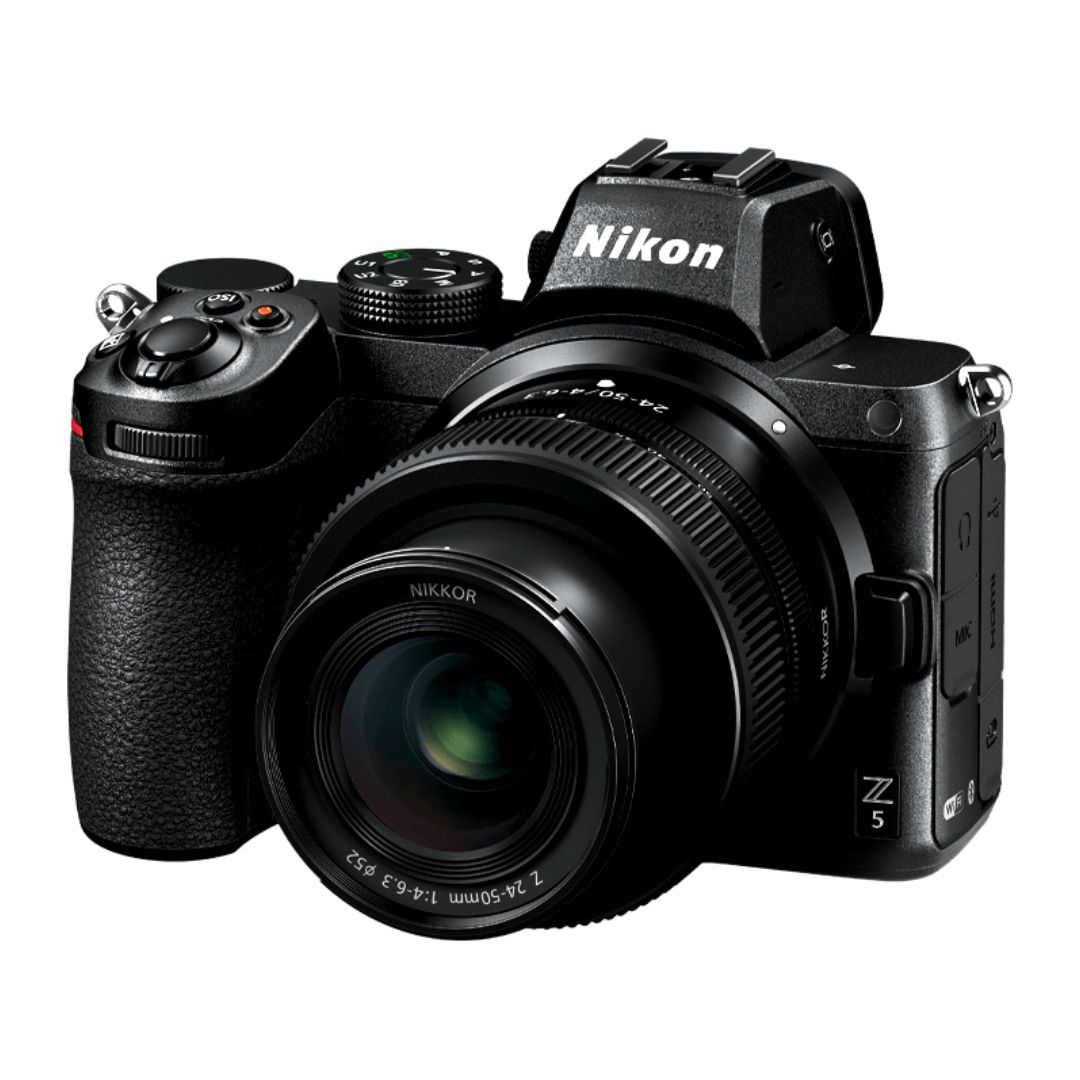
Nikon Z5 Review: Is It Worth It?
-
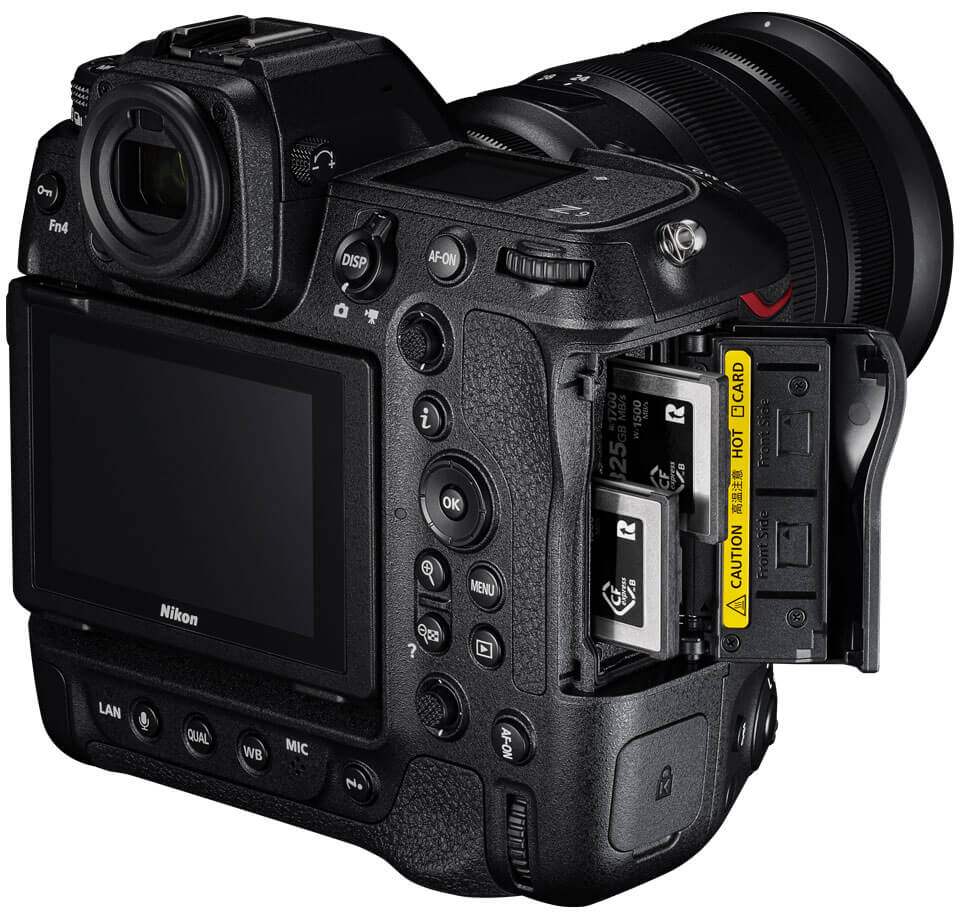
Nikon Z9 : Game-Changer for Photography
-
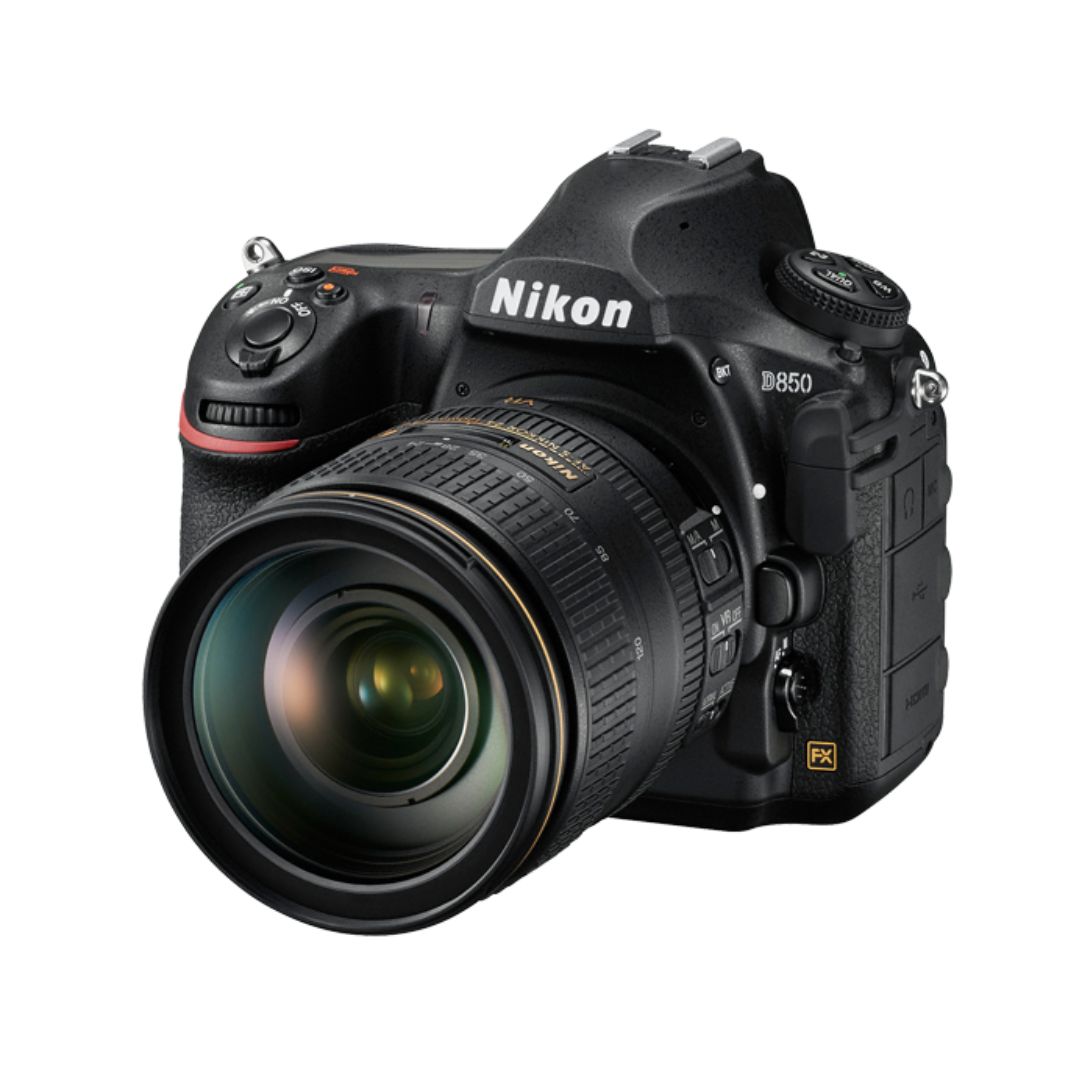
Top Features of Nikon D850 That Make It Ideal for Portfolio Shoots
Sony Alpha a7 IV: The Ultimate Camera for Photography
Explore the Sony Alpha a7 IV in this complete 2025 review. Learn how its pro-level features, real-world performance, and hybrid flexibility make it the ultimate camera for photography across genres like portraits, weddings, travel, and commercial work. Table of Contents Section 1: Introduction – Why the Sony Alpha a7 IV Stands Out The Sony Alpha…
Nikon Z5 Review: Is It Worth It?
In 2025, photographers—whether hobbyists, content creators, or professionals—seek equipment that blends value, performance, and future-readiness. Enter the Nikon Z5, a full-frame mirrorless camera marketed as a gateway to high-end imaging without a flagship price tag. But how well does it hold up under real-world demands like studio shoots, weddings, landscape adventures, and lifestyle photography? In…
Nikon Z9 : Game-Changer for Photography
Discover why the Nikon Z9 is considered a true game-changer for photography. This in-depth Nikon Z9 review explores key features, real-world performance, and how it excels in professional photo shoots in 2025. Table of Contents 1. Introduction The photography world witnessed a significant shift with the launch of the Nikon Z9, a flagship mirrorless camera…
Top Features of Nikon D850 That Make It Ideal for Portfolio Shoots
Discover why the Nikon D850 is the ultimate DSLR for portfolio shoots. Explore its top features—from resolution and dynamic range to autofocus precision and workflow speed—that help photographers create stunning, high-impact images for professional portfolios. Whether you’re a portrait artist, fashion photographer, or visual storyteller, a portfolio shoot demands technical excellence, creative flexibility, and uncompromised…
Candid Moments with Canon EOS R10: Lightweight & Reliable
In the evolving world of mirrorless photography, the Canon EOS R10 stands out as a lightweight yet powerful camera tailored for real-life storytelling. Whether you’re photographing street scenes, family gatherings, weddings, or spontaneous portraits, capturing genuine emotion requires a responsive and discreet tool. This article dives deep into how the Canon EOS R10 excels in…
Bold Portraits with Canon EOS R5: Is It the Best for Work?
Studio photography has always demanded precision, artistry, and impeccable gear. As the expectations for commercial portraits, fashion campaigns, and editorial work continue to rise, the tools we use must evolve. Enter the Canon EOS R5, a camera that has stirred the professional waters with its impressive technical specs and forward-thinking design. In this comprehensive Canon…


